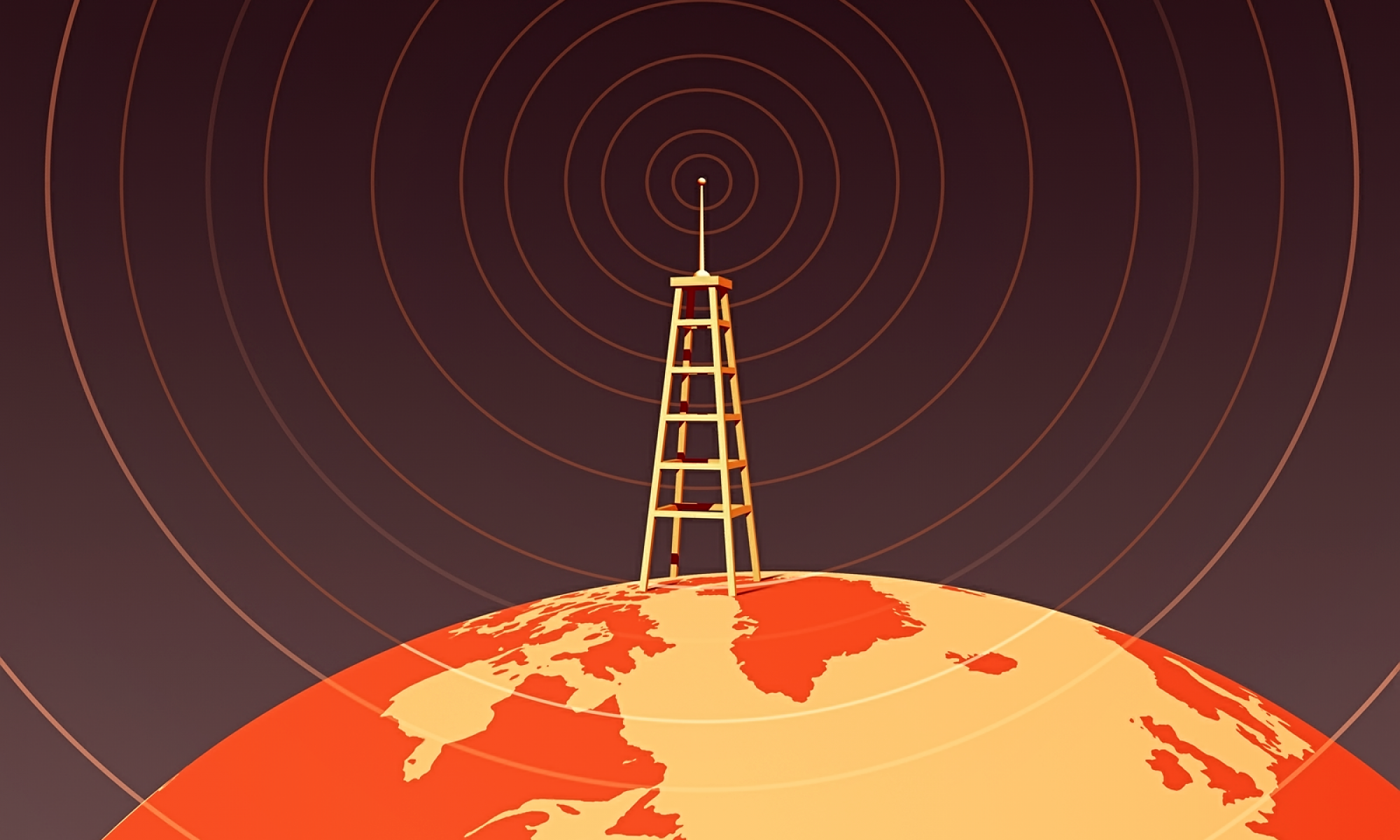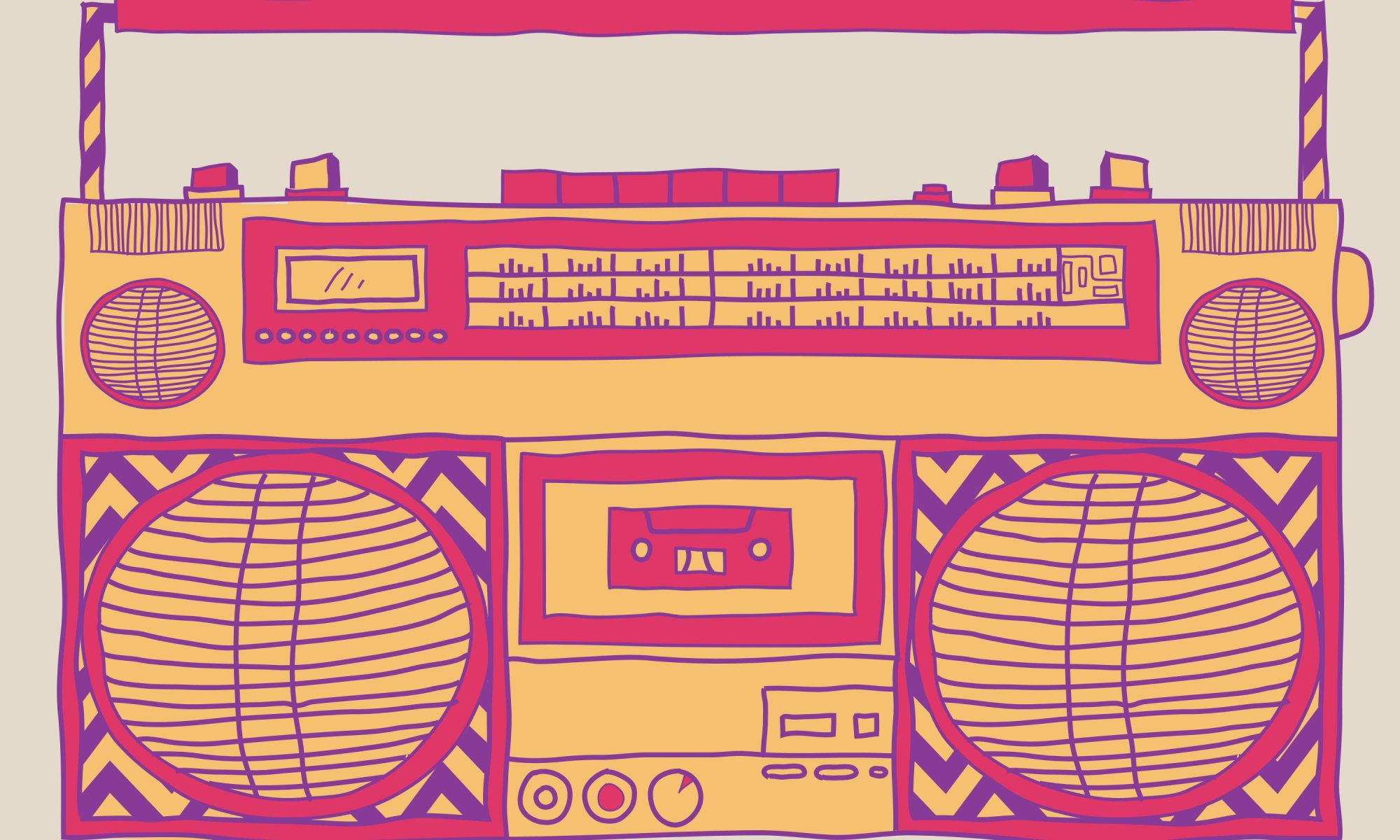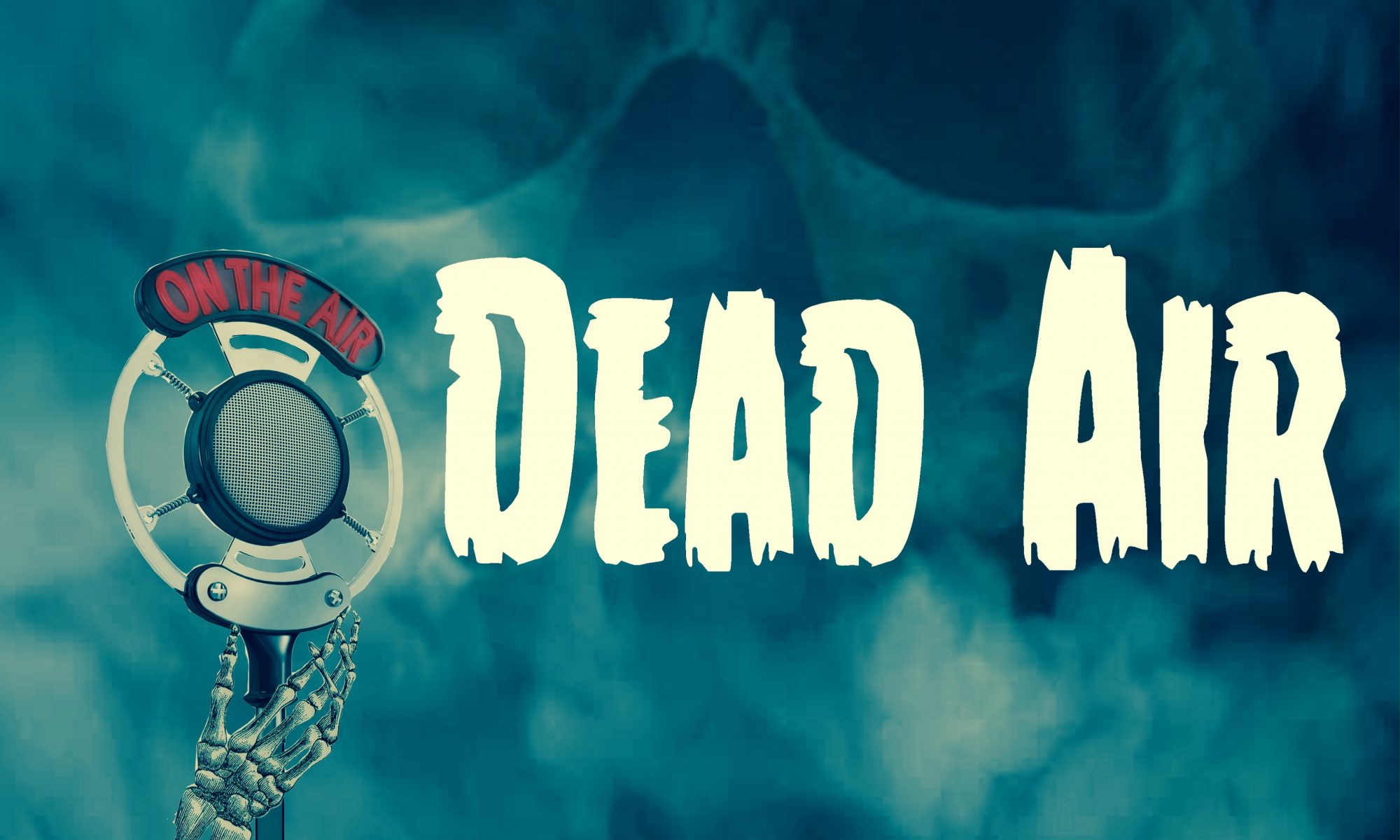an experimental media channel of podcasts and on demand media. send inclusions to media@radio.ie – to see the service in full screen glory visit radio.ie/m
Qued – podcast platform in the making
Over the last 9 years I have been developing a platform for podcasts and videos where chapter points can be made in media. While it is still in beta development it is getting closer to a future full release. Over the last days I have begun porting the Qued Front End to the mobile age.
A new splash page with functioning cuepoints and mixcloud integration is the result. For more details on the project see Annotating Radio Archive (research 2015).
We are radio.ie
radio.ie is working on podcasting and radio research, working where radio meets social, radio’s oral history with the pirate.ie project, also working on “demand radio on demand” via mental health radio station Shining Bright Radio and last but not least applying some R&D into a new ‘podcast channel’ player over in the radio lab. Following a masters in DCU which explored social media communications and how podcasting is impacting in the radio industry RADIO.IE is experimenting with new methods of radio engagement to harness the power of social and the resonance of radio to bring audience experience closer to the broadcast message.
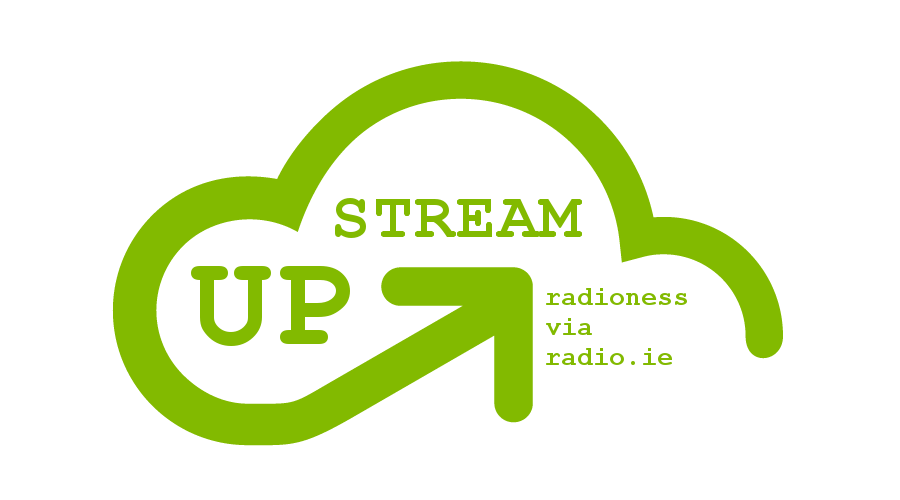
[25.02.2019] Our newest radio service is called UPˢᵗʳᵉᵃᵐ and is in BETA testing right now. 5 Radio stations are working with radio.ie to road test the new service which takes the pain out of archiving radio programmes by automatically uploading the scheduled programmes to the cloud. Flirt FM, 8Radio, Real FM, GCR Digital Radio and Shining bright radio are all using the service which uses the Mixcloud API to offer the stations a listen again service for all programmes. The service is due to go live in April 2019 and will cost €14.99 per week.
When we don’t have our eyes
Best Kept Secret in Radio – Lulu Miller – TEDx Charlottesville
Lulu Miller gives us an animated look into the lives and practices of radio personalities and broadcasters, and speaks to the effects radio can have on us as individuals and a society.
Traditional music propagating on medium waves
I came across the music of Peddyr Cubberley in an interview on Manx Radio back in April 2017. I was in Dublin in the car listening to 1368KHz (Manx Radio) and Peddyr said that radio brought the music from Ireland to his ears in Isle of Man and it fostered in him a love of Celtic music which is native to Isle of Man and Ireland. (not a verbatim transcript from the broadcast but a general sense of what was said).
This idea intrigued me. And it really shouldn’t. Irish audiences listened to Radio Caroline North anchored off the Isle of Man. My good Friend Graham on the Wirral caught the wave of A Woman’s Heart listening to Moloney After Midnight on 1278KHz RTE Radio 2. So radio with medium has reach, daytime and a different nighttime reach, as my friend John Walsh puts it, medium wave has geography. It broadcasts from a point and radiates outward overseas (it likes salt water) crosses borders and reaches people outside of its target geography.
I asked Peddyr if he would answer some questions about how music travels on medium wave and being part of our shared heritage.
BG. When did you first hear radio from Ireland.?
PC. 1970s.
BG. What stations / shows / genres did you hear? any level of detail is useful including years / decades.
PC. RTE Radio 1 – Gay Byrne / Long Long Note / Mo Cheoil Thú (Ciarán MacMathúna), most things trad. 1970s to date.
RTE Radio 2 from it’s launch in ’78 was it? Dave Fanning, Larry Gogan etc. 1980s
Radio Nova – Declan Meehan, Colm Hayes, Bob Gallico & Sybil Fennell (News). Can’t remember who else. Nova had a big following in the IOM in those days, so much so that I remember that they even came here a couple of times with their roadshow! 1980s.
BG. In your opinion how useful is Medium Wave radio for the propagation of traditional music in our Islands?
PC. 50/50 I’d say. Much further reception than VHF, hence being able to listen to stations on AM/MW that couldn’t reach on VHF. Downside is, it’s prone to interference and fade at night, often being ‘bled over’ by European stations. Largely irrelevant today with the advent of online streaming globally/smartphone apps.
BG. With the closure of Irish Medium Wave radio in 2008, how has this impacted on the reception of traditional music in your life?
PC. A little negative, as some shows couldn’t reach some parts of the Island on VHF alone. No problem at home as can use online streaming/catch up/ podcasts etc. Just disadvantaged in the car really, but I can live with that!
BG. Does online broadcasting supplement broadcast transmissions of the past or is there a loss of continuity in the platform change?
PC. I think it does. It can richly enhance traditional broadcasting.
BG. Any additional comments on this subject beyond the questions above?
PC. A few years ago, the then Director General of RTÉ Cathal Goan, visited the Isle of Mann and held a meeting (as I understand it), to look into the possibility of having RTÉ TV/Radio relayed throughout the Island due to it’s small relatively population, and shared Gaelic linguistic and cultural heritage. I haven’t heard anything about this since. I guess the idea got dropped since 2008 when the ‘credit crunch’ happened.
My thanks to Peddyr for sharing his views on Medium Wave Radio.
here is some music from Peddyr Cubberley with some stunning drone photography of the Isle of Mann
Peddyr’s music is also on Facebook.
Carrier Current
Carrier Current or Leaky Cable is a means of radio distribution without requirement for a transmitter.
In a previous life I was a reinforced concrete detailer. I often wondered if mesh in concrete was ever utilised for RF leakage.
https://www.youtube.com/watch?v=_CRVzhu_svM
How to Make Great Radio for Everyone
Radio.ie founded by Brian Greene is a new radio consultancy.
Radio.ie is focused on building radio opportunities for new entrants. To do this we look at radio differently. With the advent of digital radio technologies the cost of making radio has fallen while the capacity to broadcast has increased.
This allows new entrants to enter broadcasting, niche broadcasting, narrow casting & pop up radio to start making some waves in radio.
Radio.ie will be developing a suite of services over the next year to help new radio ventures to get on air. Beginning in 2018 we will be visiting radio stations as part of #RadioTour to meet and greet the great people working in radio. With all the preparations for launch (mid 2018) radio.ie will be listening, learning and live blogging the launch journey here online.
If you need to contact us email reception@radio.ie
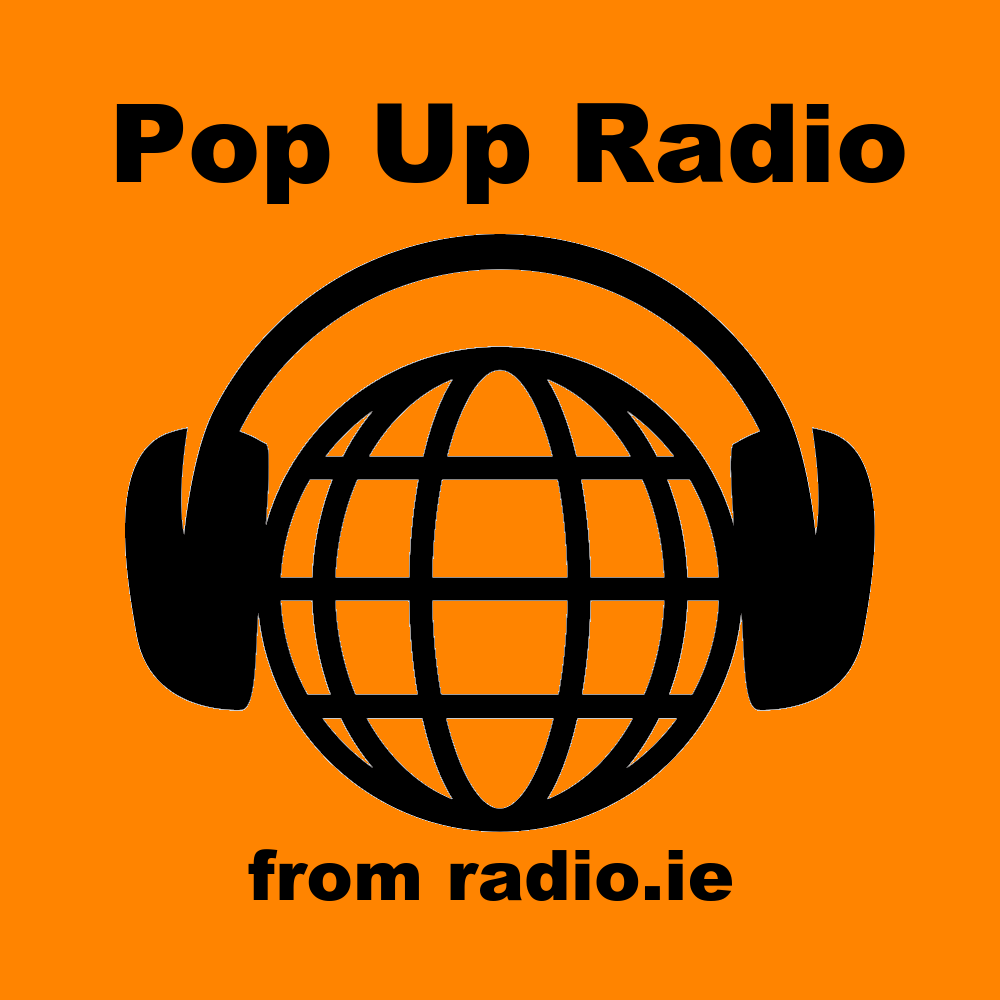
DEAD AIR
DEAD AIR is a live, theatrical, horrifying homage to the Golden Age of classic radio horror, when chilling tales of the macabre creeped into our living rooms through the crackling wireless.
Sleepless Nights Productions present SIX ten-minute tales of terror, plucked from the minds of SIX of Dublin’s most fiendishly twisted writers, and shocked into life by SIX of our delightfully demented directors in a night of ghoulish live entertainment!
Jazz 96
Jazz 96 is a pop-up digital station from Cork’s 96FM to celebrate the 2017 Cork Jazz Festival – what a great idea!!!
tunes are at https://www.96fm.ie/jazz/ 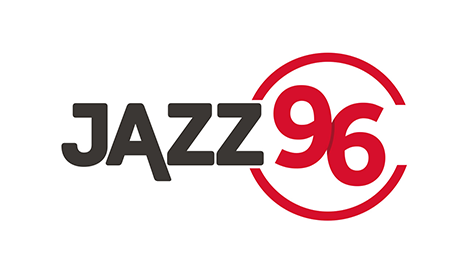
Behind The Scenes with Denzil Lacey from FM104
The Radio Imaging Podcast TRIP 022 features Denzil Lacey from FM104
